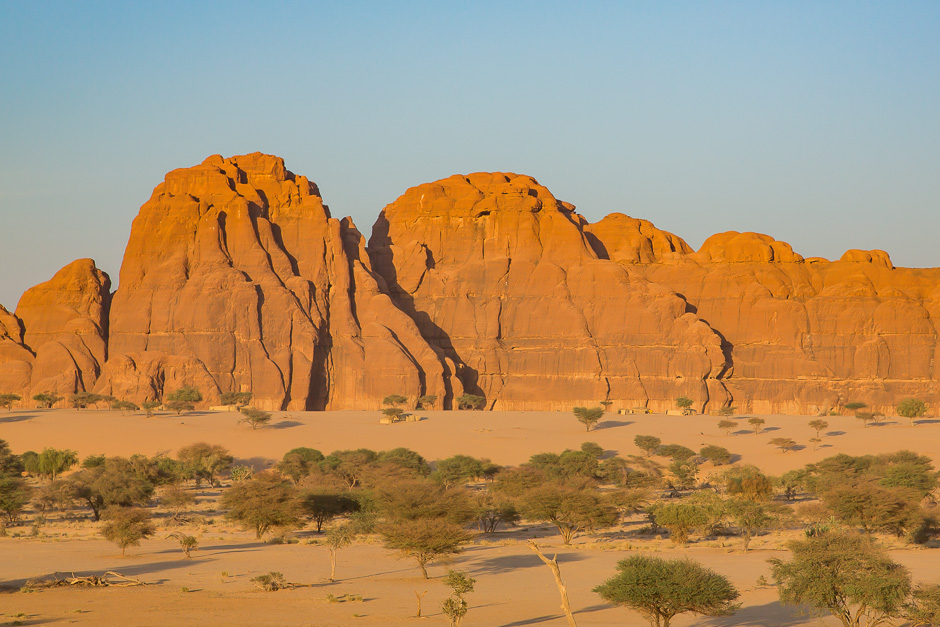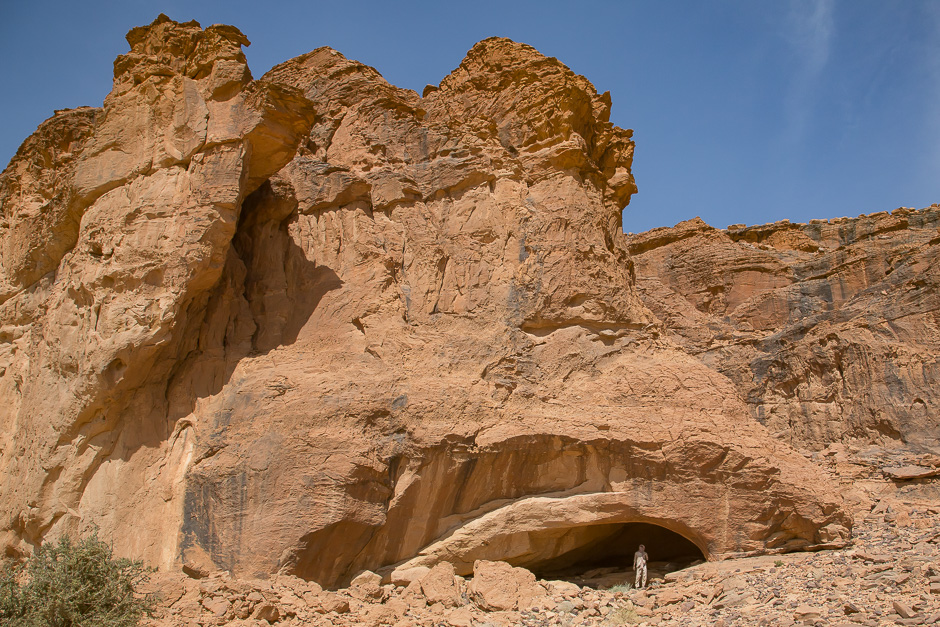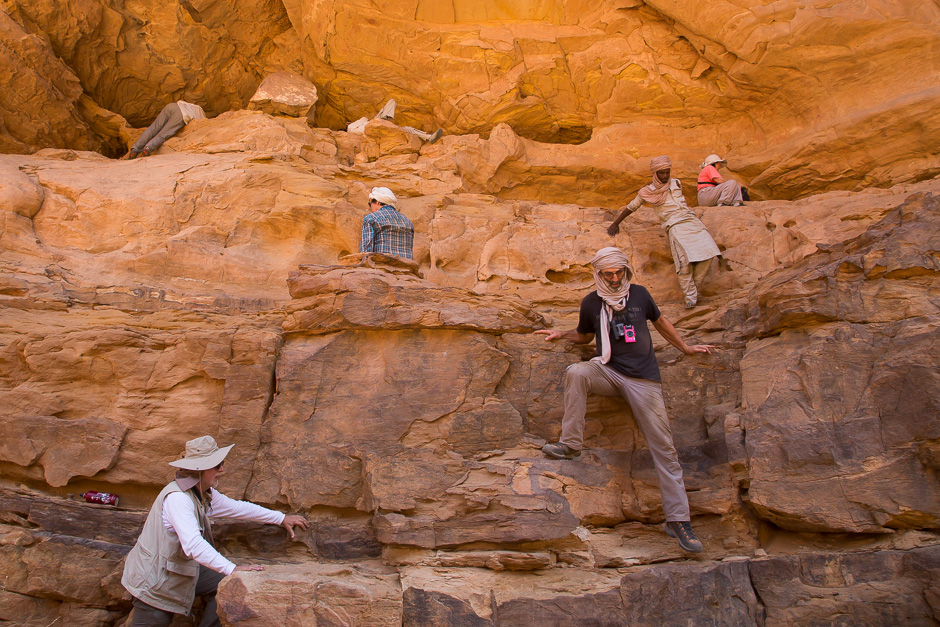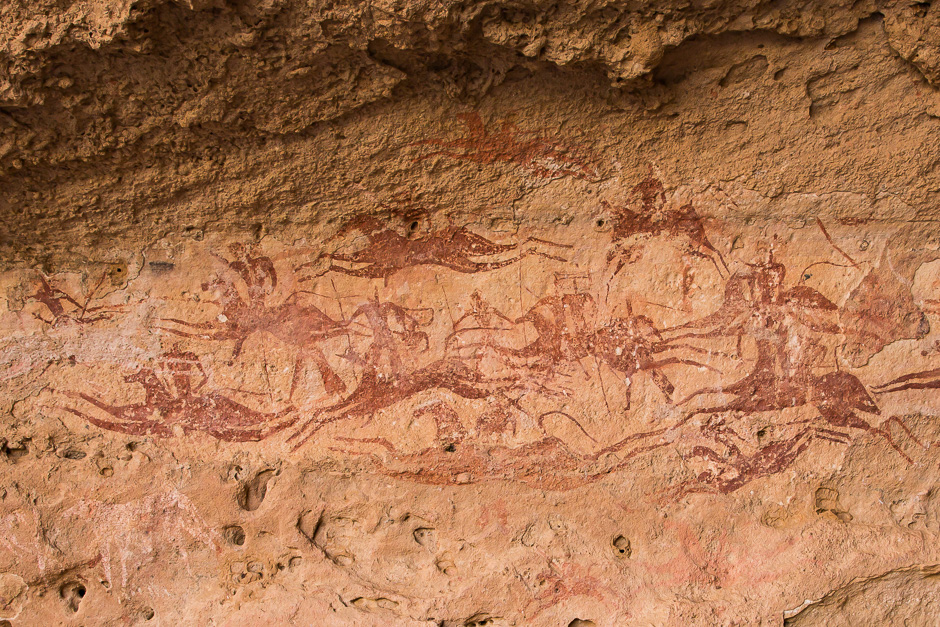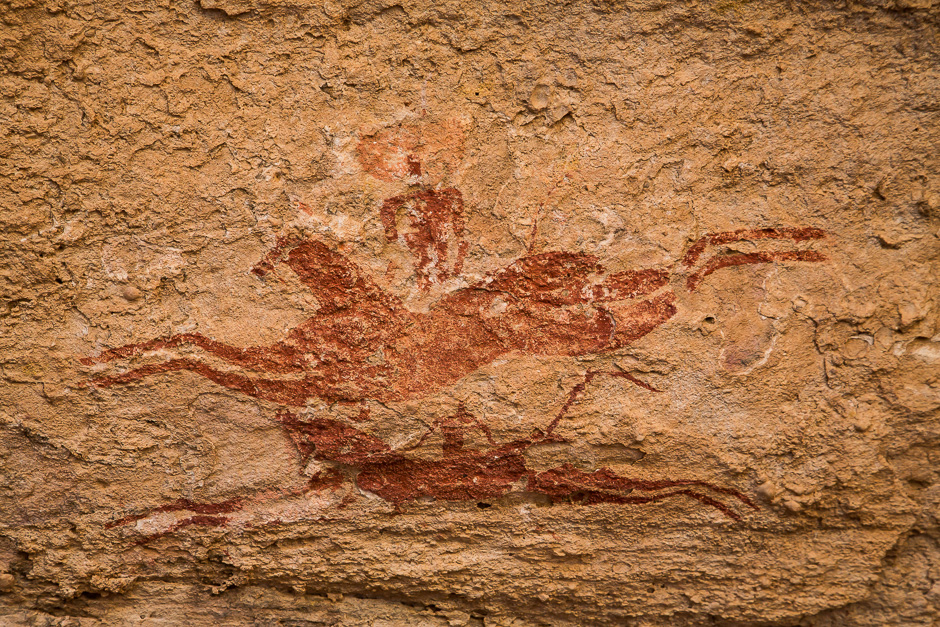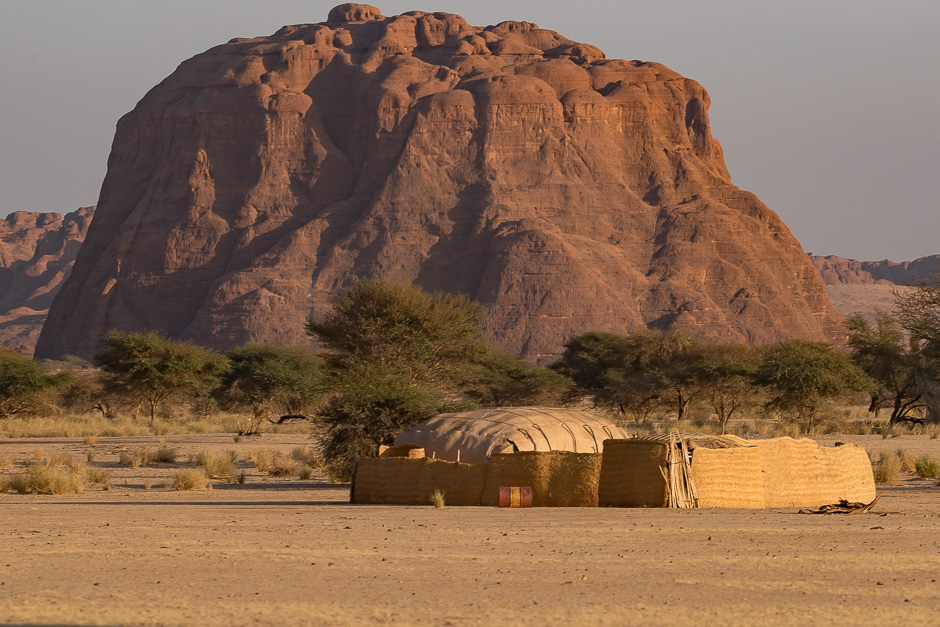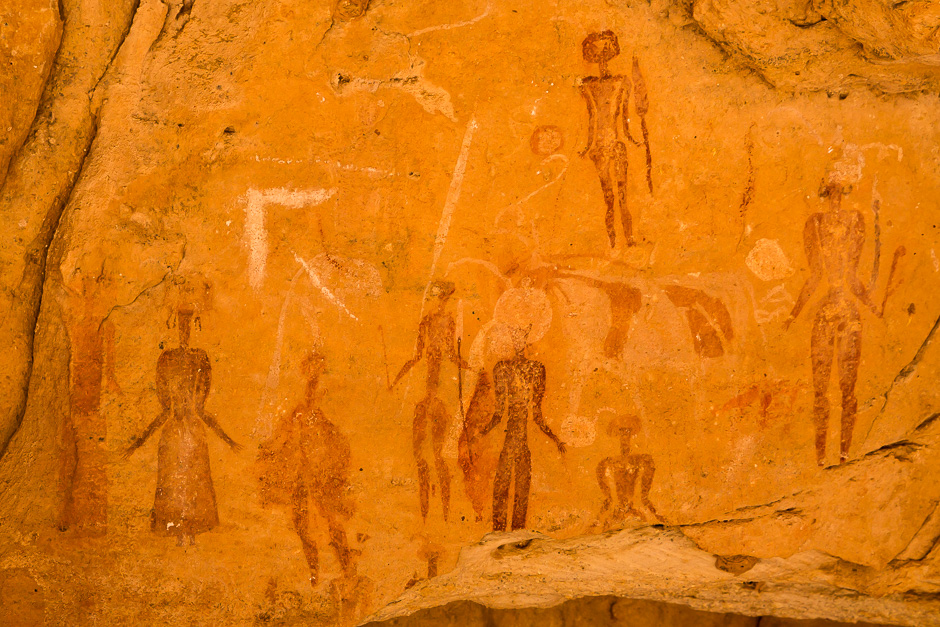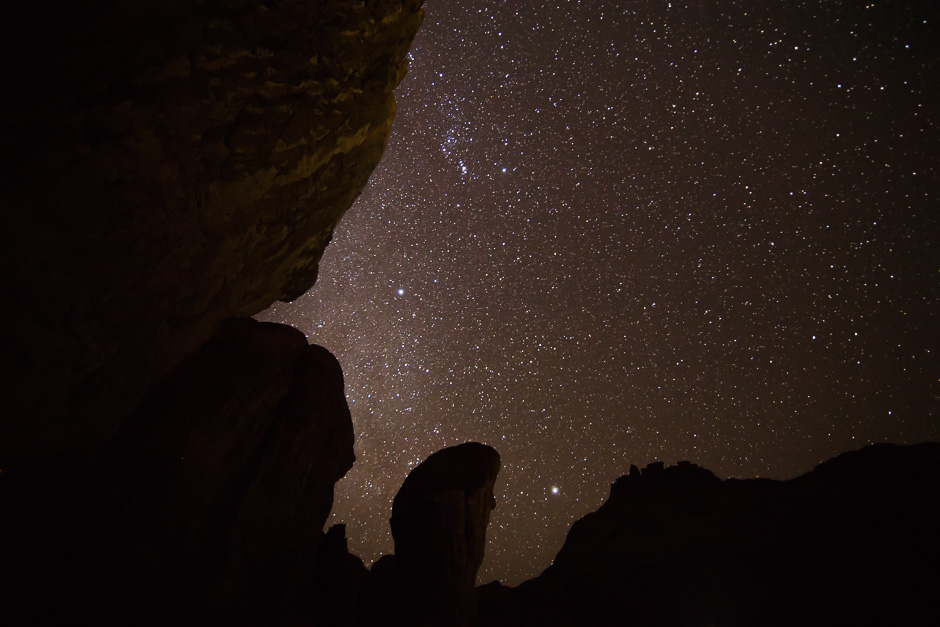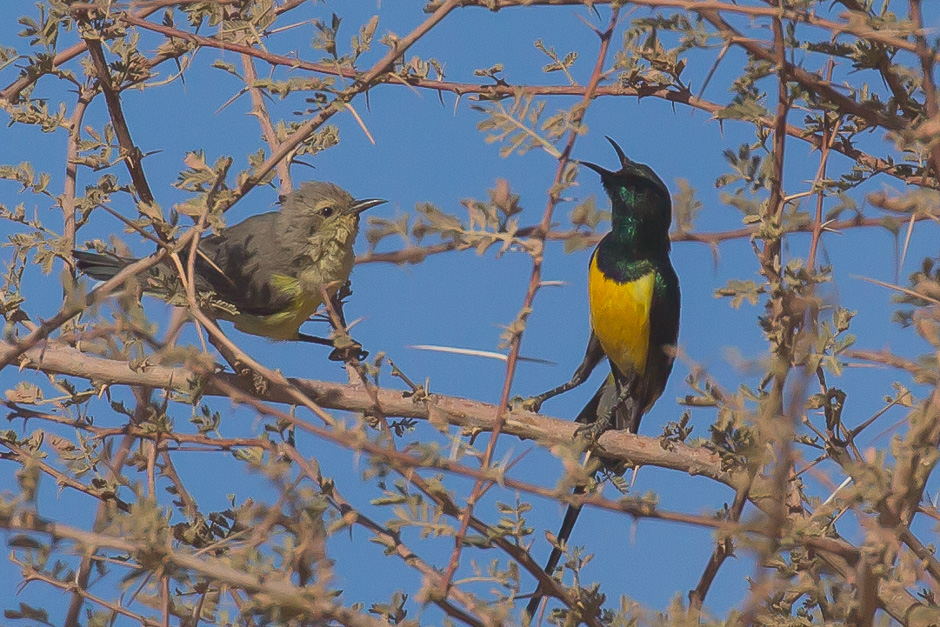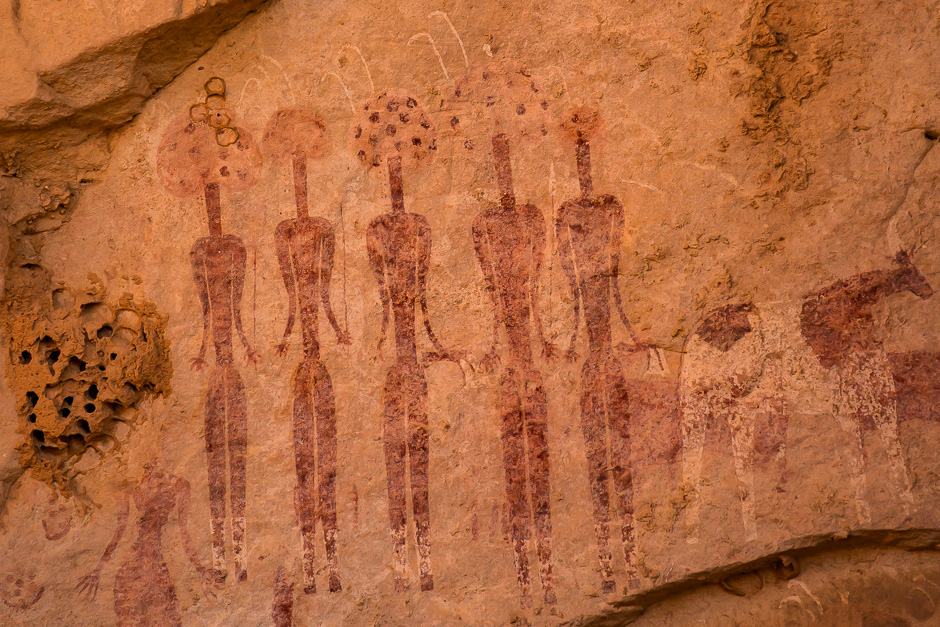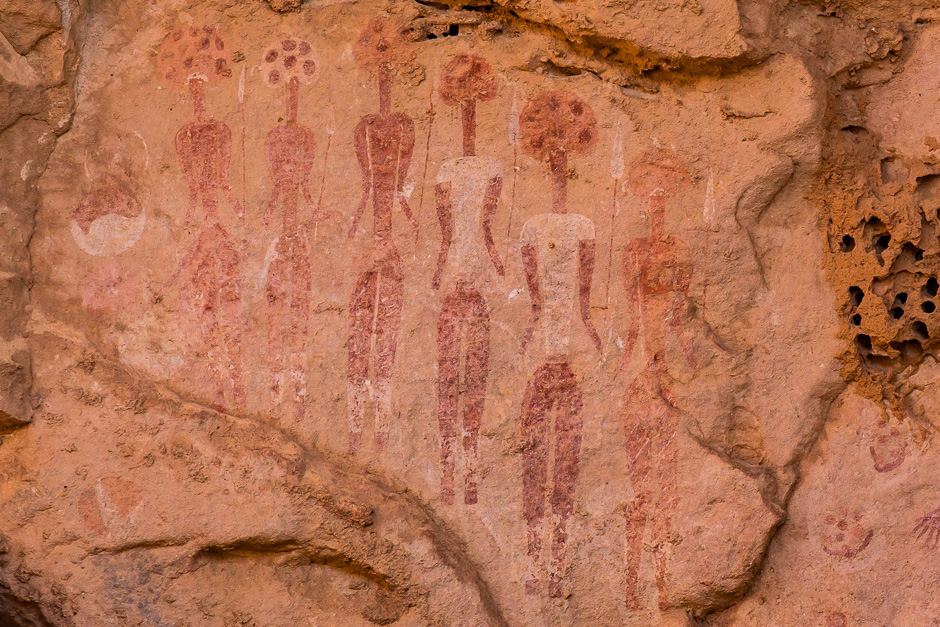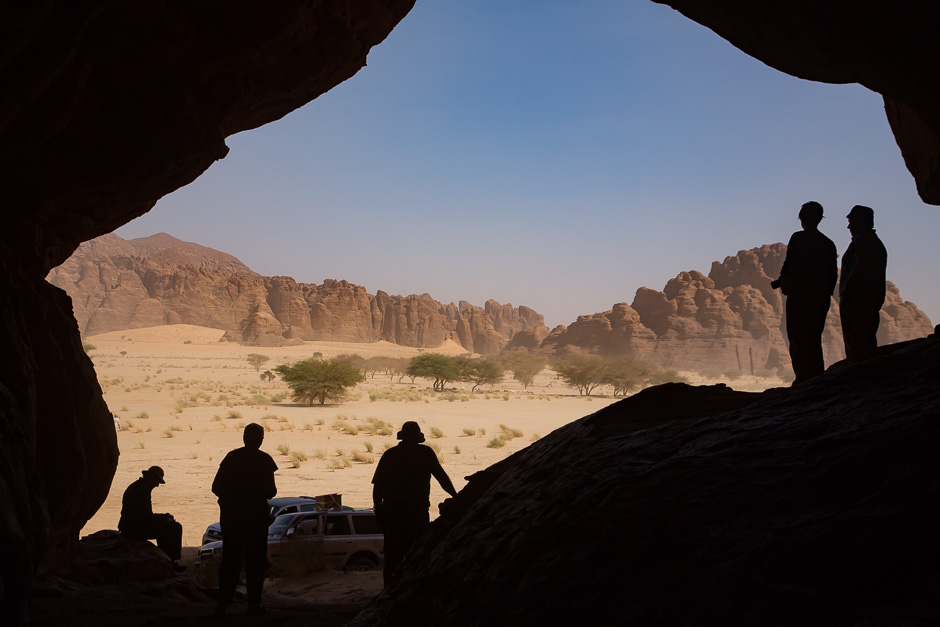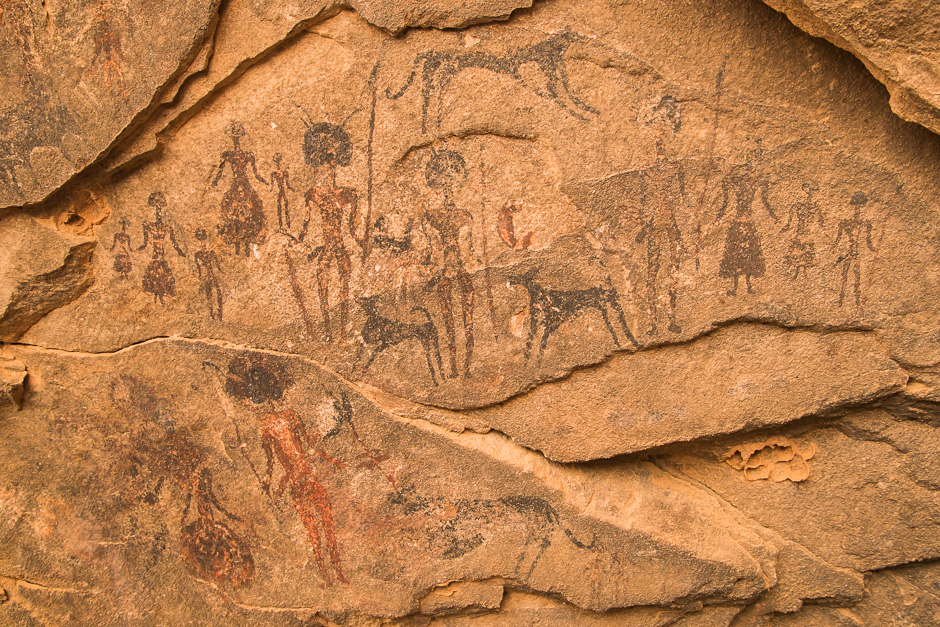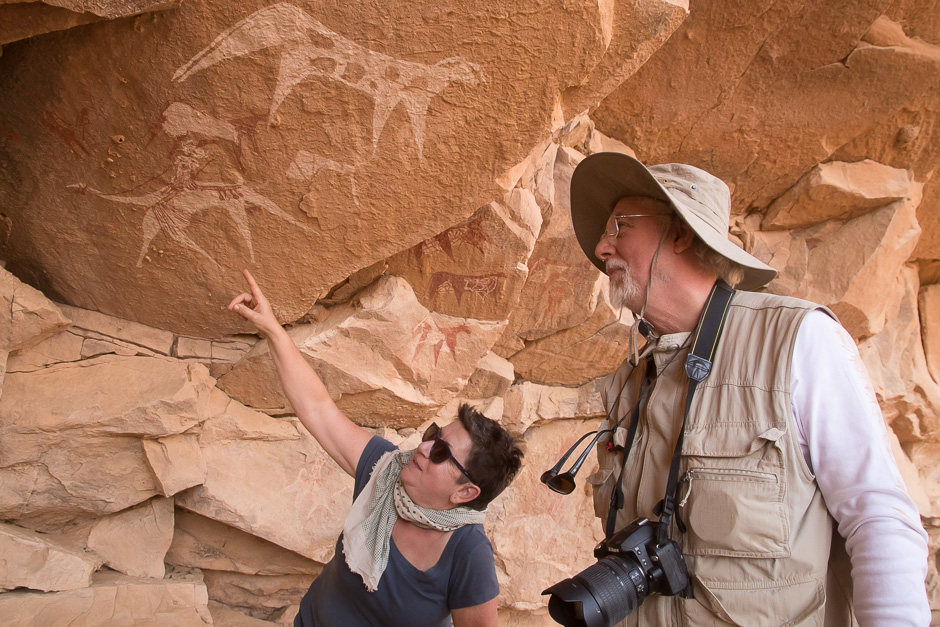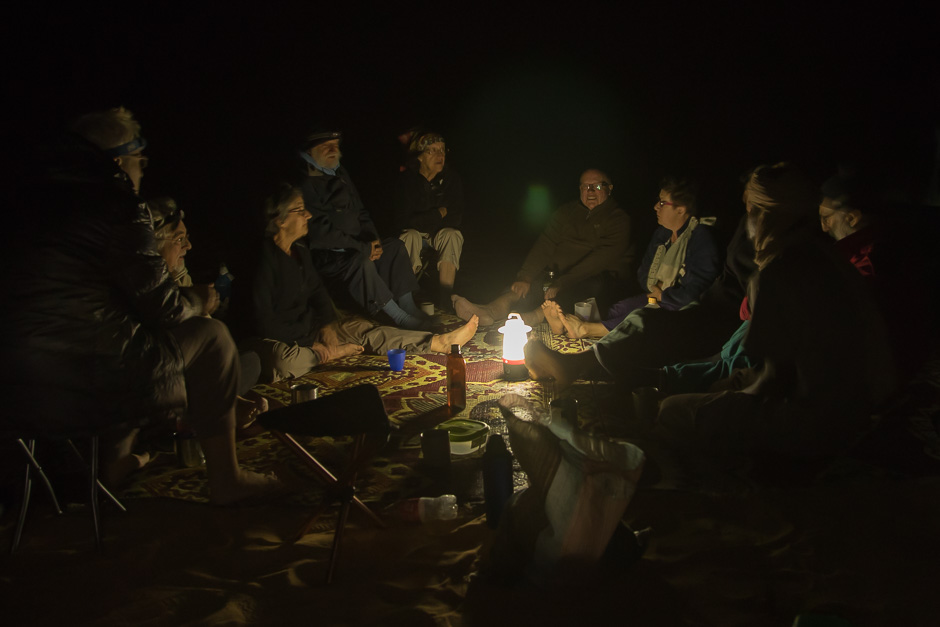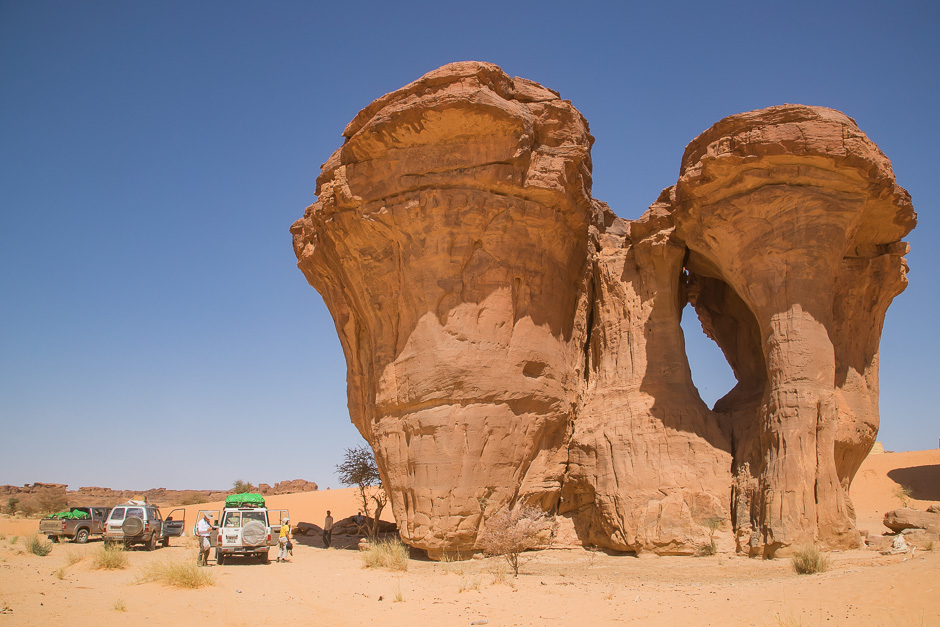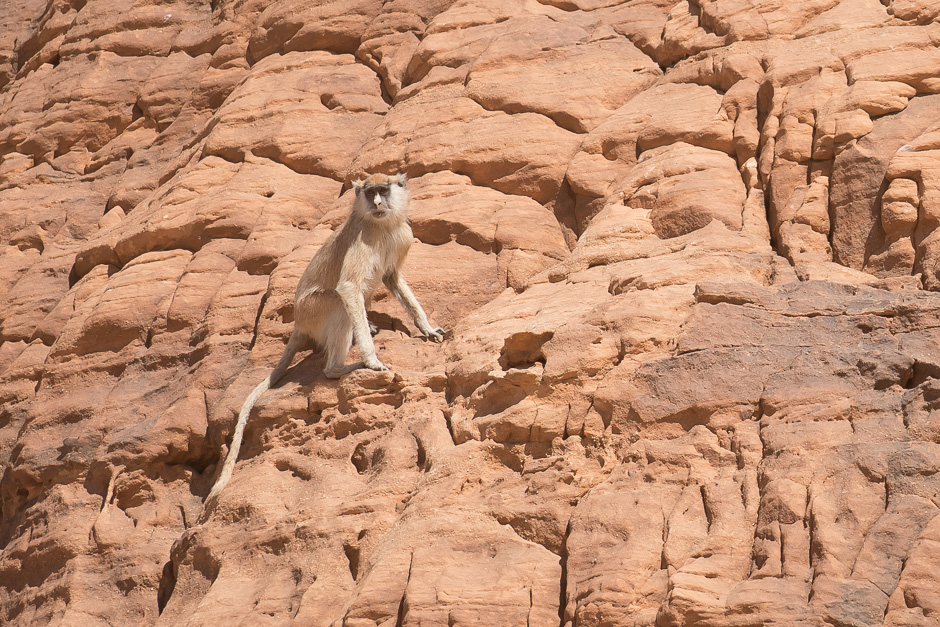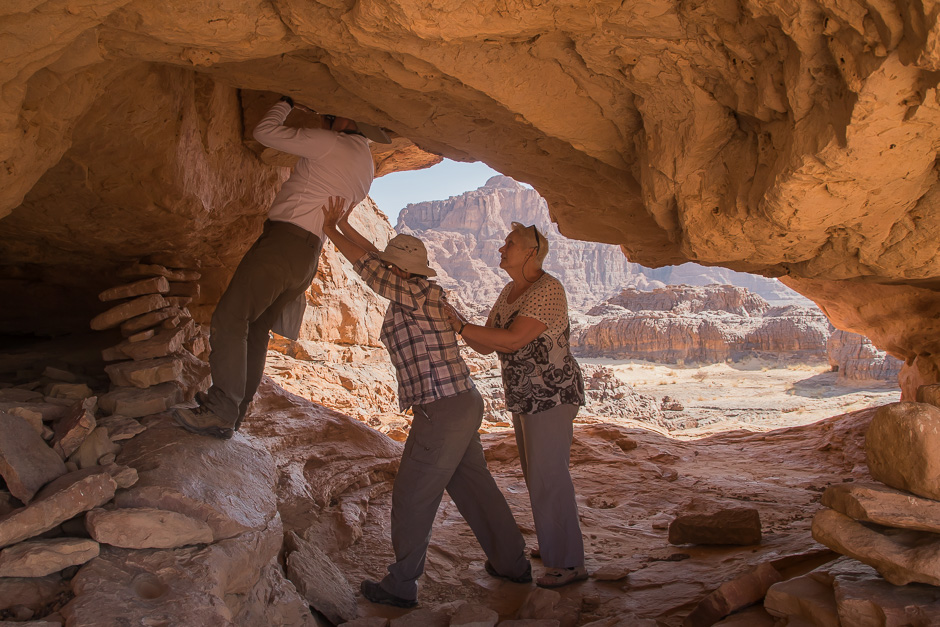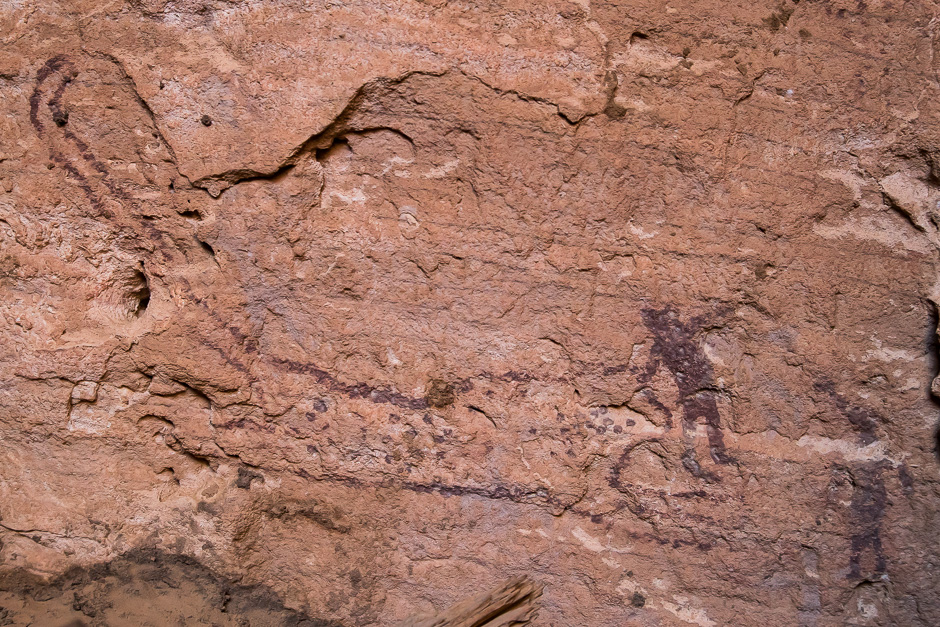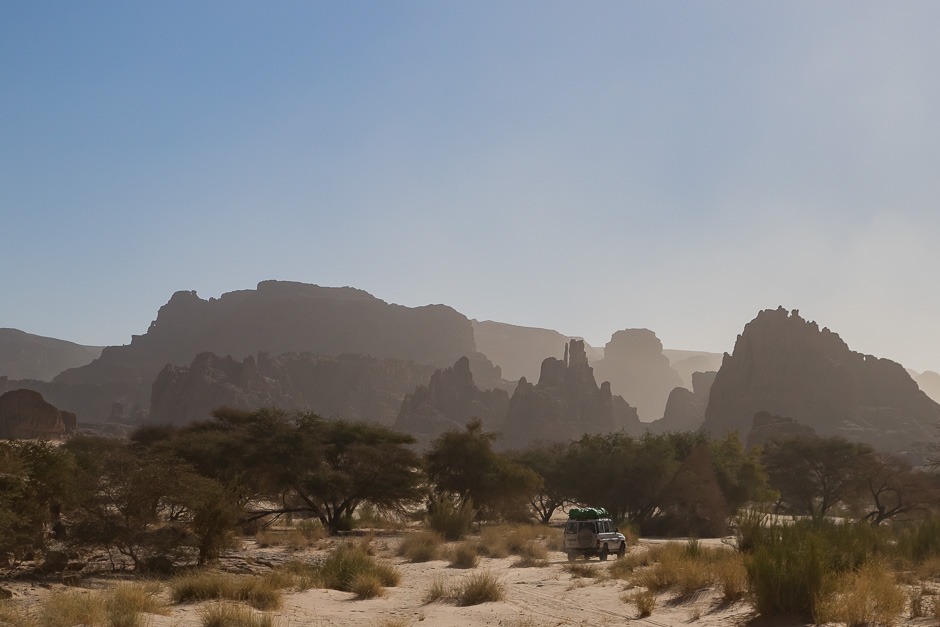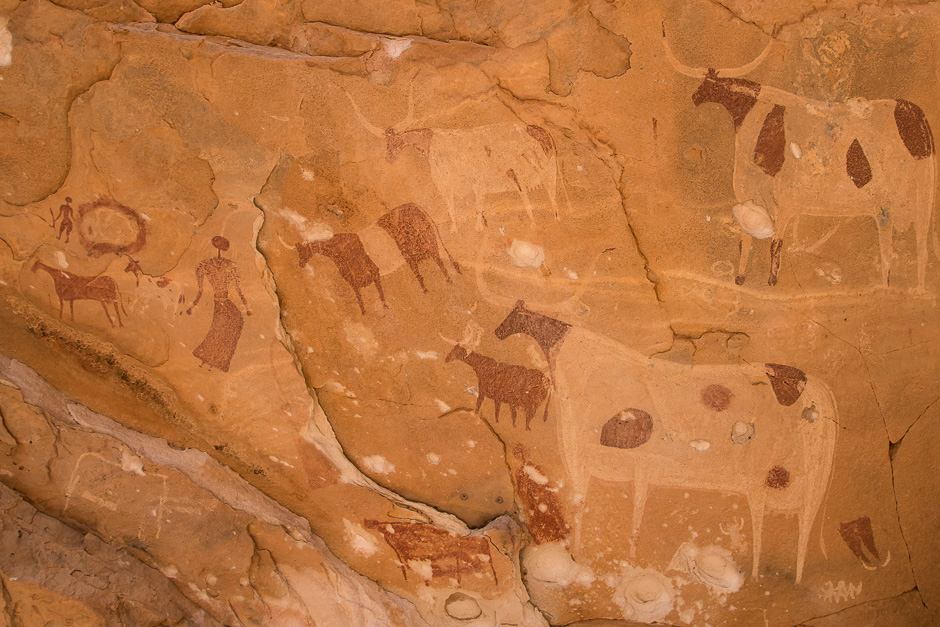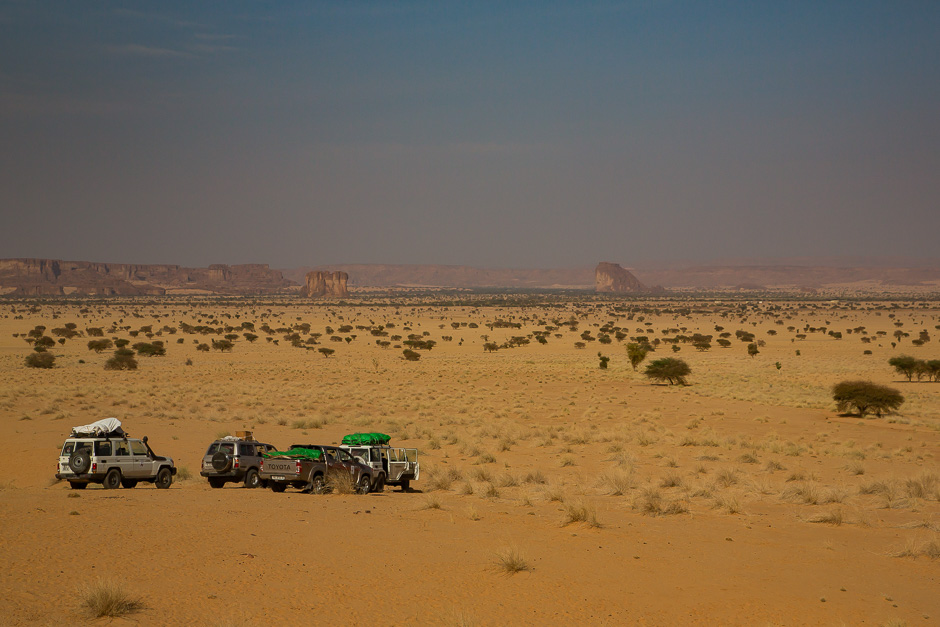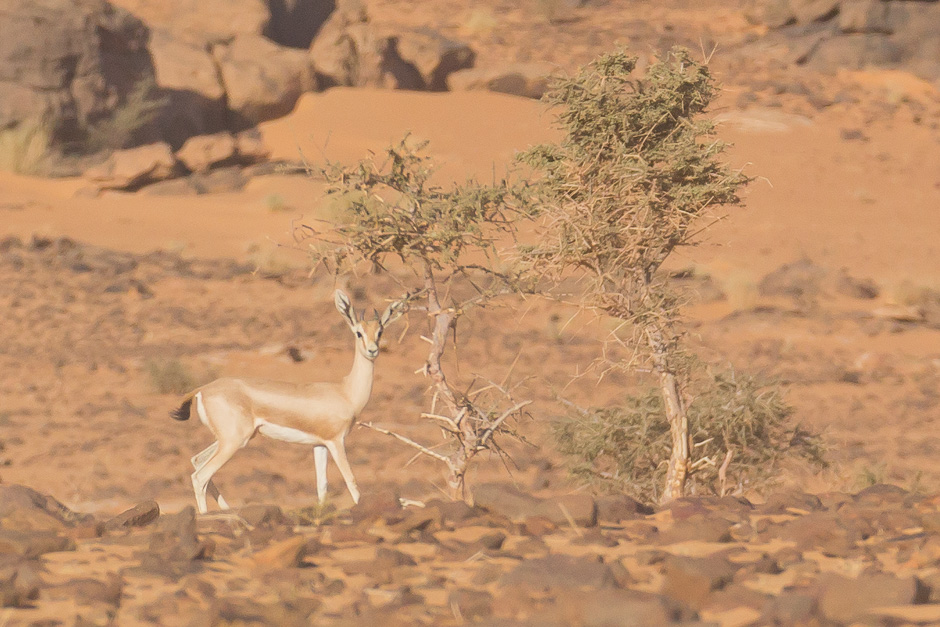The Ennedi Plateau is located in the north-east of Chad and it is bordering on Sudan in the east and on Lybia in the north. The climate is semi-arid typical in the Sahel regions (southern border of the Sahara desert) with some rain in the summer. Though the vegetation is sparse, there are nomads pasturing camels, horses, donkeys, goats and sheep.
The Enndi Plateau is listed in 2016 as a world heritage for its natural and cultural landscape. In addition to the beautiful landscapes with sandstone arches and pitons sculptured by weathering of rain and wind, there are thousands of rock art created by the people in the past. It is assumed that the oldest one may date about 7,000 years but the exact dating is not known. There are still many areas which are not explored.
Due to many years of civil wars in Chad, Ennedi is opened to researchers only recently. I joined the exploration organized by a French researcher. Though the explored area was limited, a good number of rock art sites were found. (January 2017)
Map of exploration
Panoramic rock art of Ennedi: http://hanafusa.info/project/saharan-rock-art/
エネディ山地はチャド北東部に位置し、東にはスーダン、北にはリビアと国境を接している。気候はサヘル地域(サハラ砂漠南縁部)特有の半砂漠気候で、わずかながら夏には雨も降り、まばらではあるが草木も生えている。ラクダ、馬、ロバ、ヤギ、ヒツジなどの遊牧が行われている。また、砂漠地帯では見られない猿やタイヨウチョウなどの野鳥も見るることができる。
エネディ山地は、自然と文化の複合遺産として、2016年に世界遺産に認定された。砂岩の風化によるアーチや奇岩による美しい風景とともに、過去の人々が描いた岩壁画が多数ある。岩壁画は最も古いもので7000年前ごろのものとされているが、正確な年代は分かっていない。また、未調査の地域も多く残っていて全容も把握されていない。
チャドは近年まで内戦が続いていたため、岩壁画の研究は緒に就いたばかりの段階にある。今回はフランスの研究者の調査に同行した。限られた地域ではあったが、数多くの発見があった。(2017年1月)
調査地マップ
大型岩壁画パノラマ写真: http://hanafusa.info/project/saharan-rock-art/

